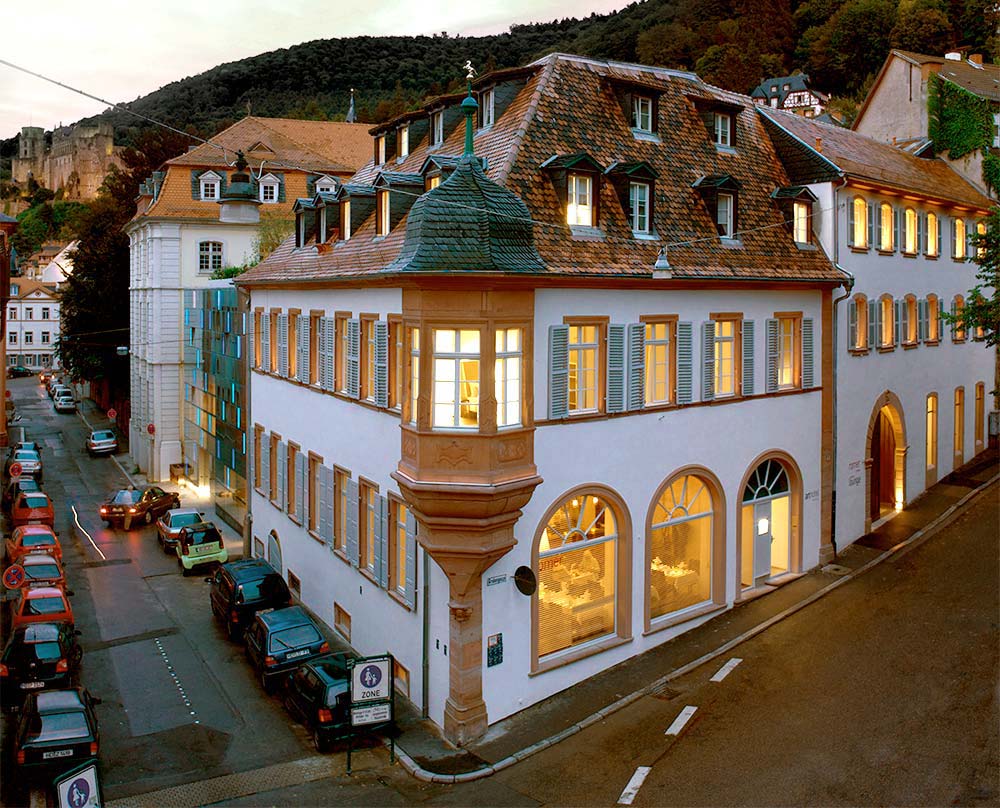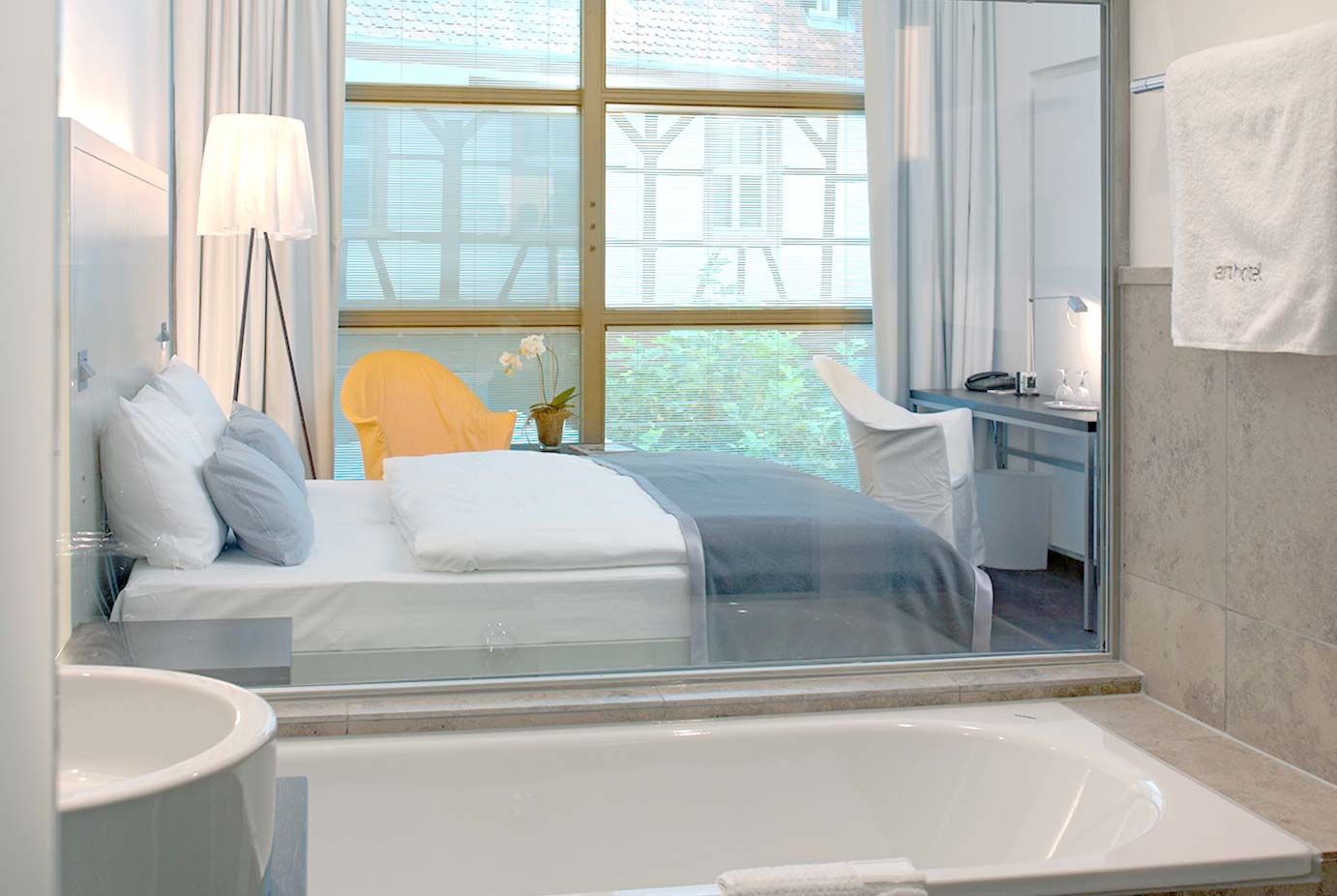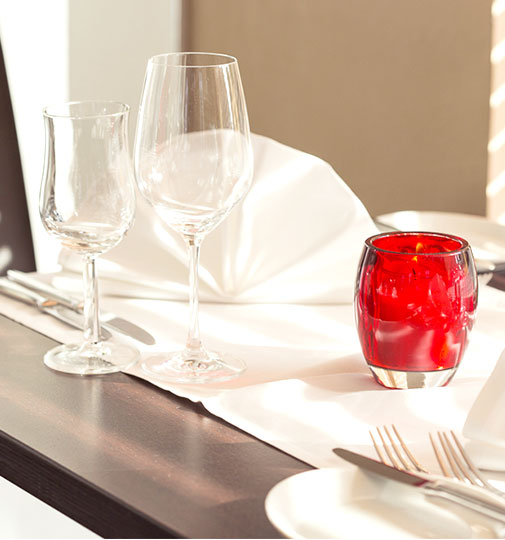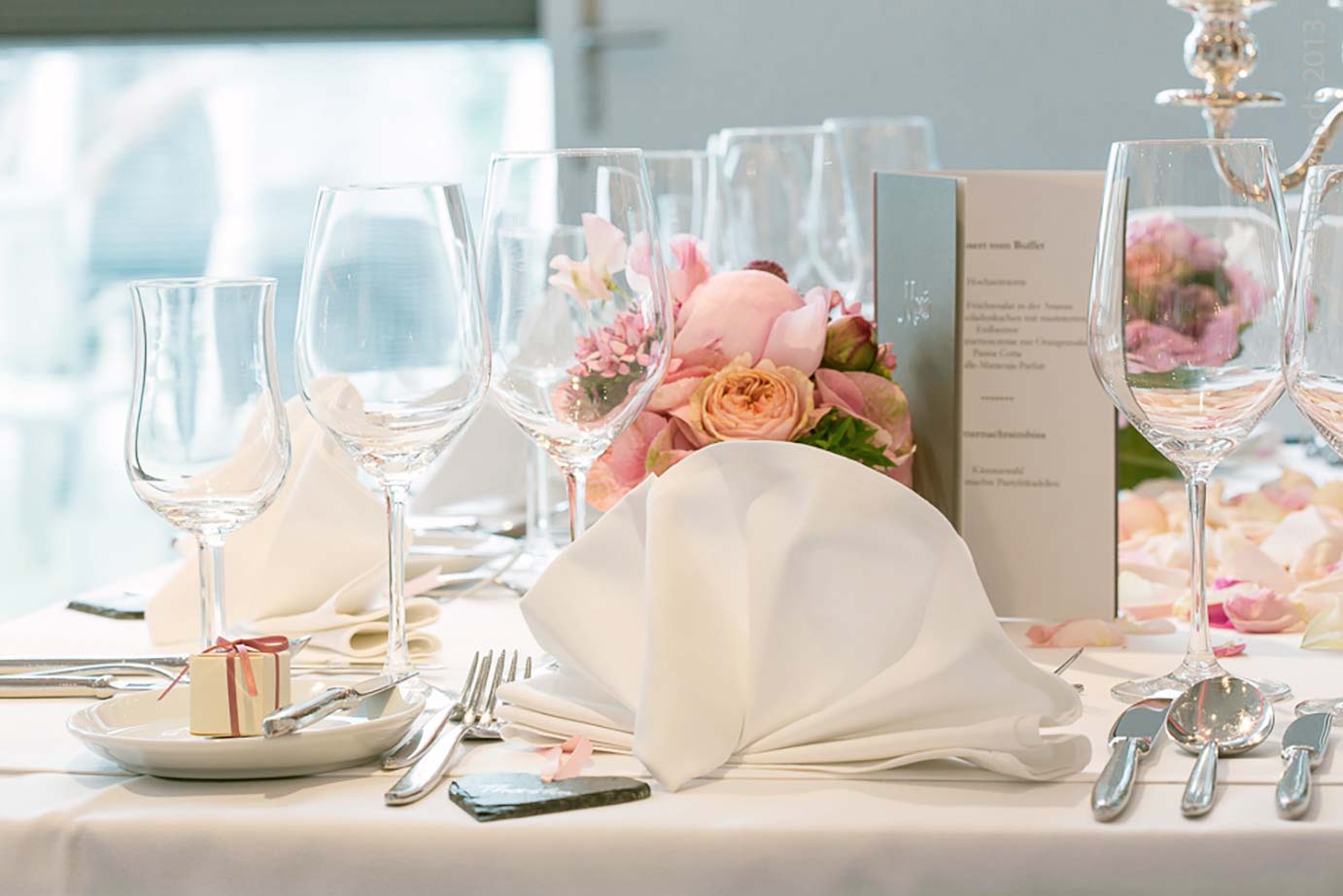Its status of a listed building combined with a modern wing makes ARTHOTEL HEIDELBERG architecturally unique in Heidelberg’s historic town. The state of the art technical equipment of all hotel rooms leaves nothing to be desired.
About the hotel
A unique blend of historical and contemporary spirit
![]()
The very personal and efficient service in a relaxed, familial atmosphere makes ARTHOTEL HEIDELBERG a popular pied-à-terre for business travelers and leisure visitors alike.


Credo
Quality is mandatory. Service is where we excel.
![]()
One of our objectives is that Heidelberg’s charme should reflect into your chosen hotel. Whether you are here to celebrate, spend leisure time or work and meet. As your hosts, we will do our utmost to provide the perfect setting for your ideas to take shape.
History of the building
The milestones
![]()
1200 mentioning of the most ancient traces of the building
1220 transmitted existence of a tower house by the fortified city walls
1693 Destruction of Heidelberg through the French during the Palatinate wars of succession
1700 we have a consistent proof of the building’s history
1716 Sale of the building by the widow of the carpenter and ringer of St. Peter to the preacher Johann-Christian Kirchmair under the condition to build a rectory. The Peterskirche right opposite is Heidelberg’s oldest chapel.
1719 Erection of a corner house whose oriel originates from a destroyed barroque corner house right opposite
1723 Sales of the house to the Postmaster Abraham von Lüls. From now on, it served as relay station to the Empire’s postal system of Turn and Taxis. In the courtyard, there were stables and spaces for stage coaches. A small golden horse on the tip of the oriel has remained as a reminder of this era.
1761 The postmaster’s son sells the property to Consistory Vomrad, followed by numerous other changes of ownership
1826 Professor of Philosophy Mr Carl August Erb purchases the property. He had become well known by his attempts to cross the River Neckar with his “floating shoes”, as well as his attempts to fly in the courtyard of the house.
1844 Sale to coachman Johannes Fahrbach. It still served as a poststation and stables. His son is a scenery painter of late romanticism, known as Louis Fahrbach.
1886 Takeover by physician Dr. Josef Wirth after marrying sole heir Anna Katharina Fahrbach.
1923 Family Wirth and Bucher open a radio store.
1945 Occupation by the American Army after the war. Editorial staff of the magazine “Stars & Stripes” was located in the house.
1955 Departure/release of the Americans.
1981 Purchase of the house by Gerhard Romer who owned a design furniture and furniture store.
2003 Sale of the house. Complete renovation to a hotel and restaurant with new expansions.
2006 Opening of the ARTHOTEL HEIDELBERG and the RESTAURANT ROMER

